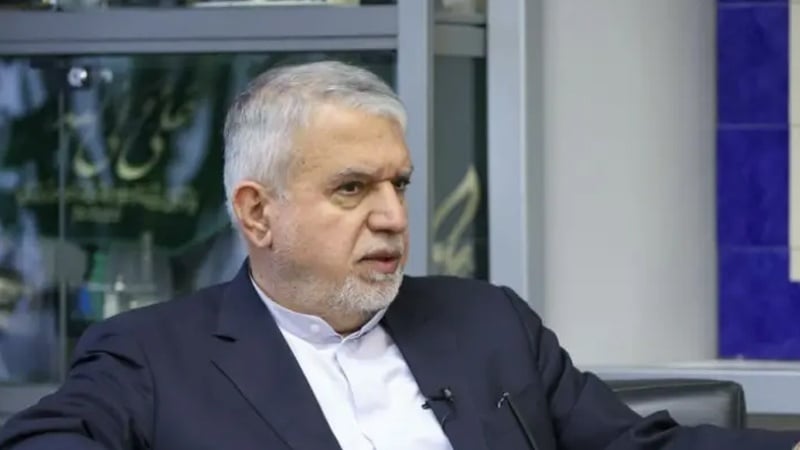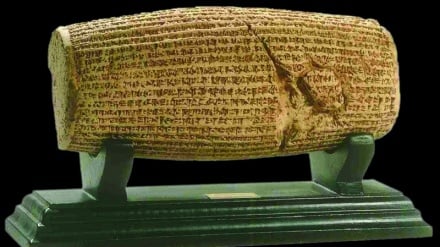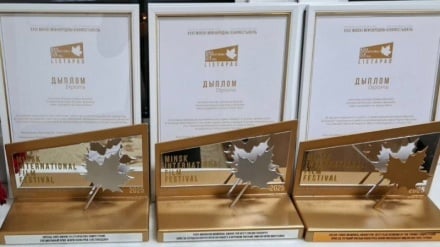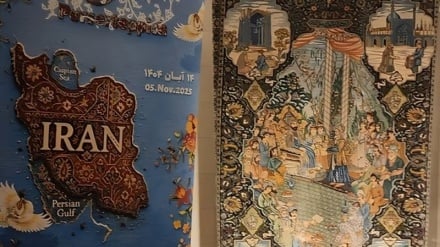Three Iranian villages globally recognized: Iran’s cultural message to world
-

Iran’s Minister of Cultural Heritage, Tourism, and Handicrafts Seyed Reza Salehi-Amiri
Pars Today – Iran’s Minister of Cultural Heritage, Tourism, and Handicrafts described the inclusion of three Iranian villages on the World Tourism Organization’s list as a symbol of national vitality and a realization of development rooted in Iranian culture and identity.
According to Pars Today, Seyed Reza Salehi-Amiri, in a statement marking the global recognition of three villages—Shafiabad in Kerman, Soheili in Qeshm, and Kandelus in Mazandaran—on the World Tourism Organization’s “Best Tourism Villages in the World” list, emphasized that this achievement serves as a global statement from cultural Iran, demonstrating that sustainability is deeply rooted in Iranian identity.
In his statement, Iran’s Minister of Cultural Heritage described this achievement as a “milestone in the history of rural tourism in the country” and added: “In an era of civilizational upheavals and rapid global changes, where the world is searching for meaning, sustainability, and a return to its cultural roots, villages have once again emerged as sources of authenticity, balance, and mindful living, capturing the attention of global policymakers.”
Salehi-Amiri stated that the global recognition of the villages of Shafiabad, Soheili, and Kandelus has solidified Iran’s position among the few countries that have successfully had three villages added to the UNWTO’s prestigious global list within a single year. He emphasized that this achievement is a testament to the capabilities of local communities, the vitality of national thought, and the realization of development rooted in Iran’s culture, identity, and ecosystem.
Referring to the evaluation criteria of the World Tourism Organization, Iran’s Minister of Cultural Heritage stated that global recognition is based on more than fifty indicators in areas such as cultural and natural resources, economic and social sustainability, environmental protection, and innovation in tourism. He noted that each of the three selected Iranian villages presents a vivid picture of the country’s cultural diversity and local potential.
Salehi-Amiri elaborated on the distinctive features of the recognized Iranian villages, stating: In Kandelus, Mazandaran, the integration of local knowledge and creative development—through herbal branding and a local museum—exemplifies a rural knowledge-based economy. In Shafiabad, Kerman, the active role of women in eco-tourism, the revival of aqueduct, and handicrafts serve as a model of linking cultural heritage with social empowerment. In Soheili, Qeshm, fishermen who have transformed their livelihoods into platforms for environmental protection symbolize the responsibility of Iranians toward nature.
The Minister of Cultural Heritage of the Islamic Republic of Iran described this success as the result of a “deep belief in the role of culture in national development” and stated: “With over sixty thousand villages, Iran is a living treasure of human civilization that, by relying on its cultural and social heritage, can become a global model for sustainable tourism.”
Seyed Reza Salehi-Amiri concluded by adding that the global recognition of the three Iranian villages is a cultural statement from Iran—a clear message to the world that true development springs from within culture, not imposed from outside. He emphasized that by continuing on this path, Iran’s name will remain not only on the world heritage lists but also more deeply embedded in the cultural memory of humanity.


